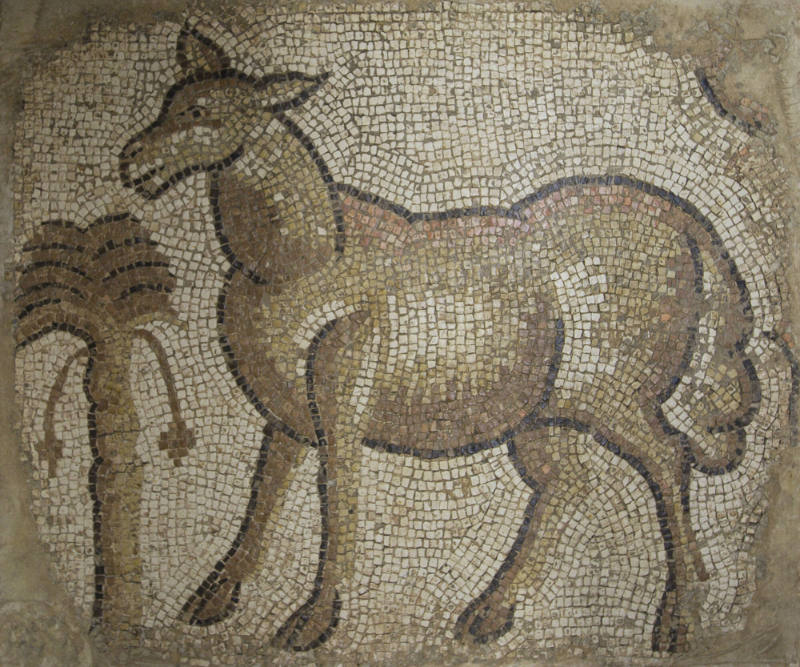
Object Details
Artist
Willem De Kooning
Date
1947
Medium
Oil and pencil on composition board
Dimensions
Image: 10 1/2 × 8 1/2 inches (26.7 × 21.6 cm)
Frame: 17 3/4 × 16 × 2 inches (45.1 × 40.6 × 5.1 cm)
Credit Line
Gift of Dr. Marvin and Natalie Gliedman
Object
Number
86.113
A pioneer of the Abstract Expressionist movement, Willem de Kooning became one of the most important(…)
A pioneer of the Abstract Expressionist movement, Willem de Kooning became one of the most important figures in the development of postwar American painting. Born in Rotterdam in 1904, de Kooning began his studies in art as an apprentice in a firm of commercial artists and designers, and later studied at the Rotterdam Academy of Fine Arts and Techniques. After immigrating to the United States in 1926, he eventually settled in New York, where he began to associate with other artists, musicians, and writers. After working as a carpenter, a house painter, and an artist in the Federal Arts Project of the Works Progress Administration, de Kooning decided to pursue painting full-time. In the late 1930s he began working on a series of collages, drawings, and paintings devoted to abstracted images of women, a series he continued throughout his lifetime. These gestural representations of figures and anthropomorphic forms, made up of vigorous brush strokes and vibrant colors, emphasize de Kooning’s emerging Abstract Expressionistic style and preoccupation with improvisation and the process of creation. Untitled (Nude Woman) illustrates de Kooning’s interest in gesture and implied motion through his manipulation of line and paint. (From “A Handbook of the Collection: Herbert F. Johnson Museum of Art,” 1998)












